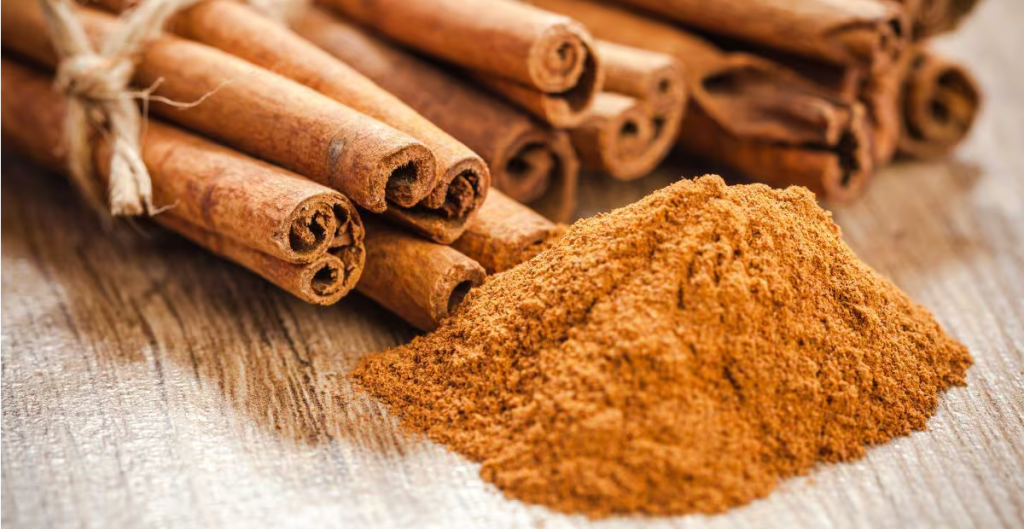We come with a list of very common spices that are used in Indian foods and all over the country very popularly. However the listed spices are not native to India. These spices have come to India through the explorers, voyagers, invaders and settlers in India from as far as Europe to Middle Eastern Countries.
They have got the Indian introduced to these spices, and ever since those years, Indian have been influenced to use the listed spices not only in the Indian kitchens & cuisines, but also in the producing, harvesting and exporting of the same.
The list below is in alphabetical order.
Ajwain
Ajwain, also known as carom seeds, is a staple spice in Indian cooking, particularly in digestive dishes and snacks. Ajwain’s origins can be traced back to ancient sites in Western Asia and even Switzerland, where it has been found in archaeological digs dating back over 5,000 years. This spice’s long history connects cultures across continents, and its robust, thyme-like flavor has made it a favorite in Indian kitchens.
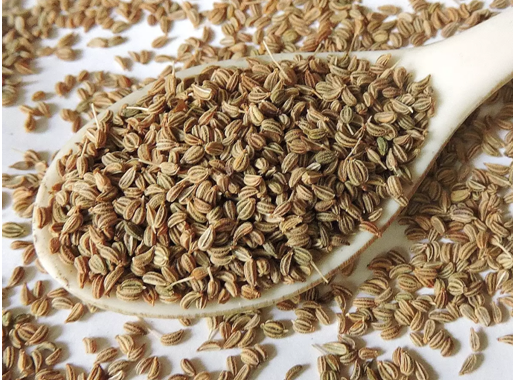
Asafoetida
Asafoetida, or “hing,” is famous for its strong, pungent aroma and is a crucial spice in many Indian dishes, especially in vegetarian cuisine. Surprisingly, asafoetida is not native to India but comes from Iran and Afghanistan, where it was known as “stinking gum” because of its high sulphur content. It was introduced to India through trade routes and became popular in Indian cooking due to its ability to enhance flavors.
Cinnamon (cassia)
Often confused with true cinnamon, cassia is a bark spice that has been used in Indian cooking for centuries. Native to southern China, cassia is known for its sweet and spicy aroma. It is commonly used in Indian masalas, curries, and even desserts, contributing to the rich flavor profile of many dishes.
Cloves
Cloves, with their aromatic fragrance and warm taste, are essential in Indian spice mixes and dishes. However, cloves are native to the Maluku Islands in Indonesia, also known as the Spice Islands. From there, they spread across the world through trade. Cloves were highly prized in ancient times, and it was through global trade that this spice made its way to India, where it is now used in everything from biryanis to masala chai.
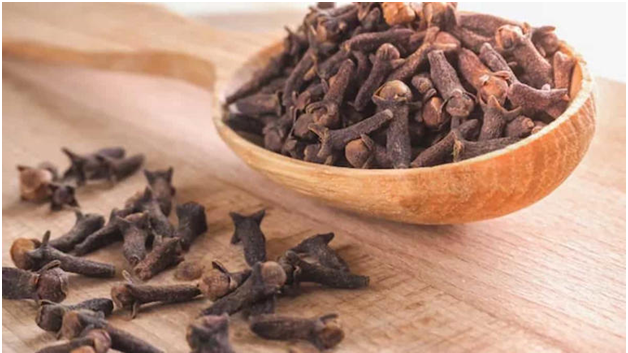
Coriander Seeds
Coriander seeds, or “dhania,” are used in almost every Indian kitchen, often ground into a powder or added whole to spice blends. However, coriander is originally from the Mediterranean region. It was introduced to India through trade and quickly became a key ingredient in Indian cooking. Its fresh, citrussy flavor adds depth to a variety of Indian dishes, making it indispensable in modern kitchens.
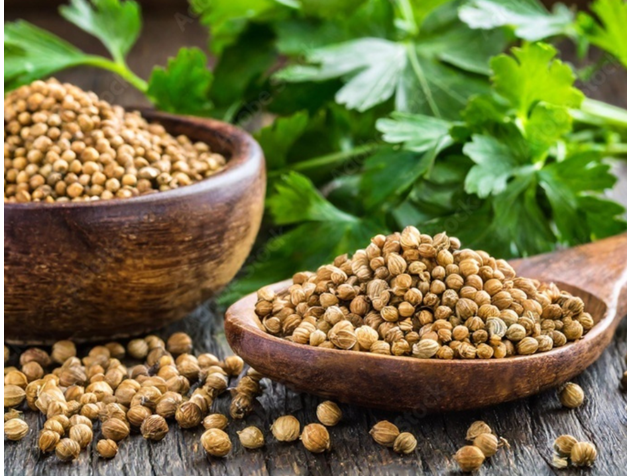
Cumin
Cumin, or “jeera,” is one of the most widely used spices in Indian cooking today, but its origins can be traced back to Mesopotamia during biblical times. Mesopotamia, located in modern-day Iraq, was the first region to cultivate cumin. It was through ancient trade routes that cumin eventually made its way to India, where it became a beloved ingredient in curries, rice dishes, and spice blends like garam masala. Today, India is one of the world’s largest cumin producers, but its origins remind us of its long journey through history.
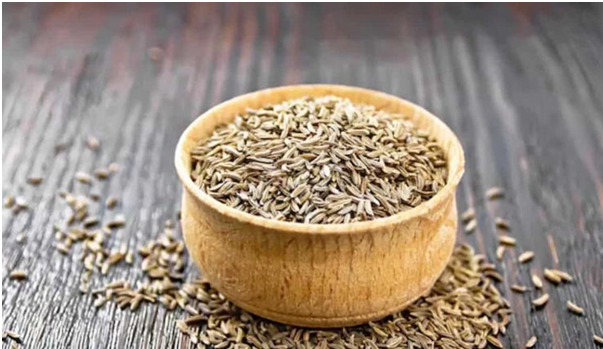
Fenugreek Seeds
Fenugreek seeds, or “methi dana,” are commonly used in Indian pickles, curries, and spice mixes. However, fenugreek first arrived in India from the Middle East during Alexander the Great’s campaign in the region. Today, it is hard to imagine Indian cuisine without this versatile spice.
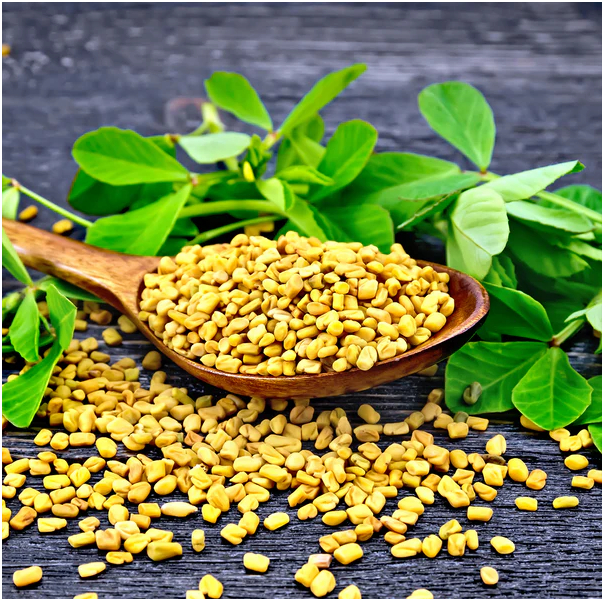
Mustard Seeds
Mustard seeds are an essential ingredient in Indian cuisine, especially in the regions of Bengal, Odisha, and Gujarat. However, these tiny seeds originally come from Asia Minor, an area that includes parts of modern-day Iran and Turkey. Mustard seeds have been cultivated since 3000 BC and were brought to India through trade. Today, they are used for tempering dishes, making pickles, and extracting mustard oil.
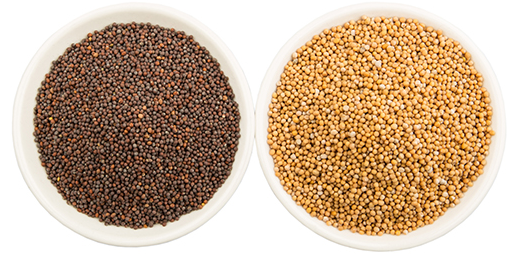
Red Chilli Powder
Red Chilli powder is often seen as a quintessential Indian spice, used to add heat and colour to countless dishes. However, chillies were not native to India. They were introduced to the Indian subcontinent by the Portuguese, who brought them from South America in the 15th century. Before chillies, Indian food relied on black pepper to add heat. Over time, chilli powder became a staple in Indian cooking, giving dishes that characteristic fiery flavour we now associate with Indian cuisine.
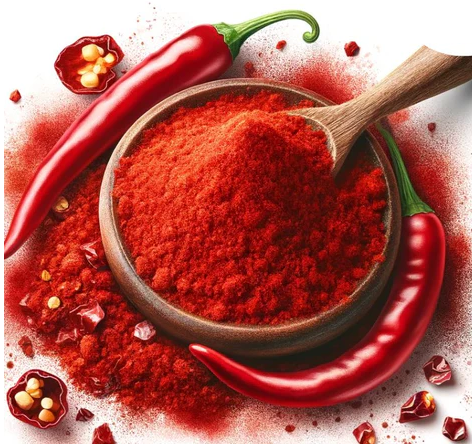
India has made the best of the “gifts” left behind by the explorers, invaders and the Britishers. They has added to India’s prosperity and made India a truly “Spices Capital of the World”.
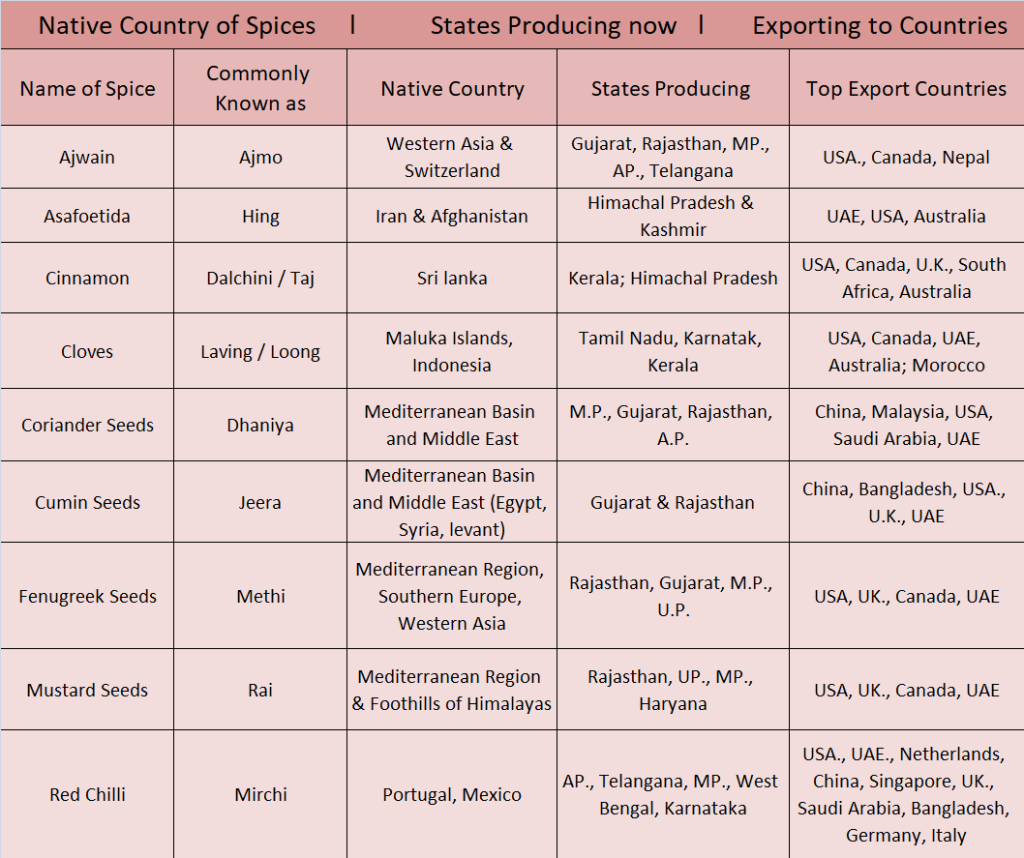
Thank you

